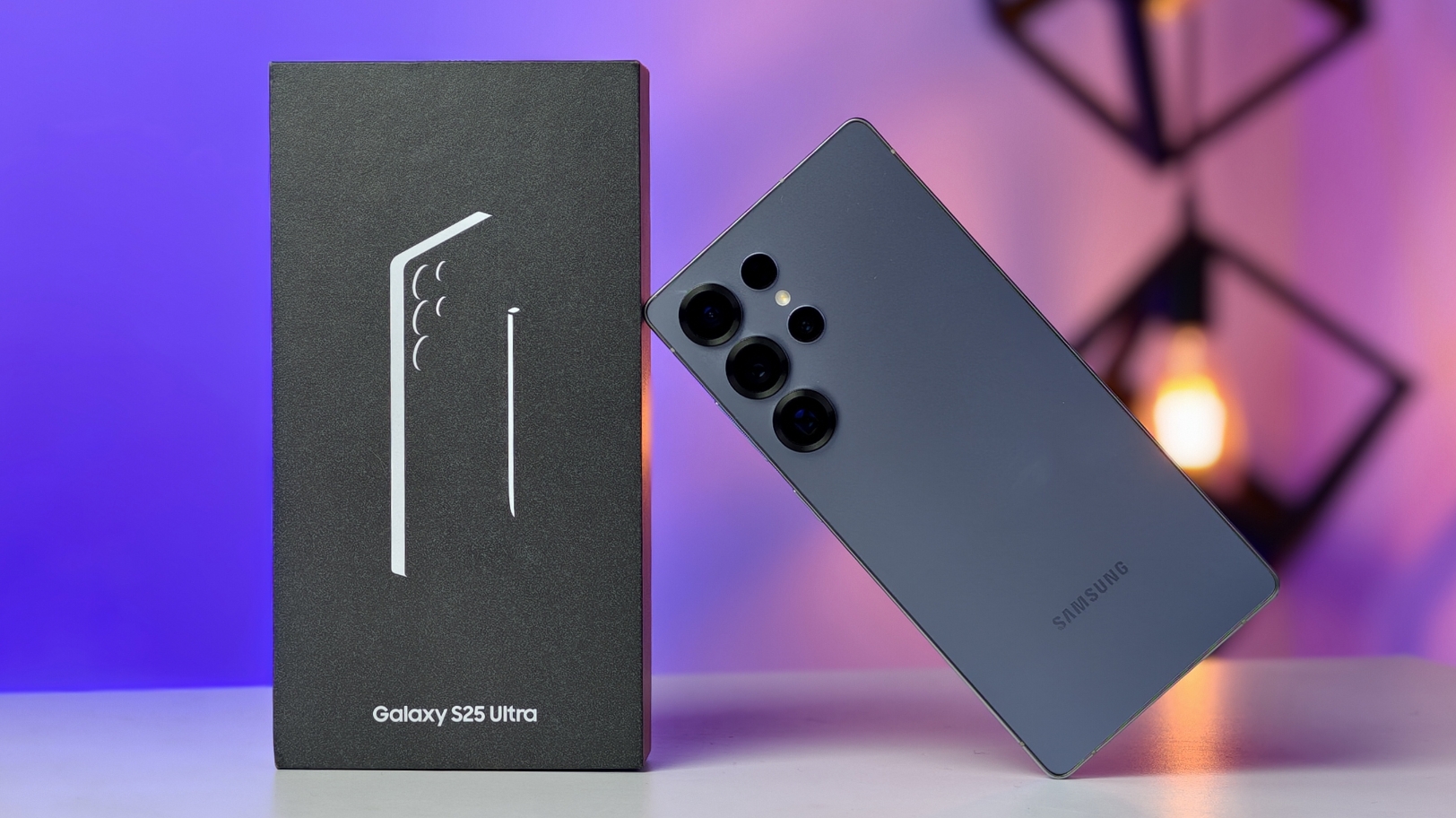Google has officially rolled out its Gemini-powered AI Mode to everyone in India, bringing advanced, conversational search features directly into Google Search and the Google app. This marks a significant shift from the initial trial phase via Google Labs, making the technology broadly accessible. Now, anyone using Google Search in India can dive into a richer, more interactive search experience using text, voice, or even images.
Key Takeaways:
- AI Mode is now open to all Google Search users in India, with no Labs sign-up required.
- It runs on a custom version of Gemini 2.5, Google’s advanced AI model.
- Users can ask detailed questions via text, voice, or images (with Google Lens).
- The system uses a “query fan-out technique” to deeply explore the web.
- India is the first market outside the U.S. to get this full rollout.
This launch represents a notable step in how people in India interact with information online. Up until now, AI-enhanced search was limited to selected users experimenting through Labs. But with this update, anyone can use it in English through a dedicated tab in the search results page. That India is the first international market to receive this broader release really underscores Google’s focus on the country—a huge, diverse user base with unique search needs.
At its core, AI Mode runs on a customized version of Gemini 2.5, Google’s large language model. This gives it the ability to handle longer, more layered questions—the kind that traditional search often struggles with. So instead of typing a few keywords, users can pose a full question like they would to another person. Whether it’s comparing gadgets, planning a vacation, or trying to figure out the steps in a tricky DIY repair, AI Mode is designed to handle it.
One standout feature here is its multimodal functionality. Basically, you’re not just limited to typing. You can speak your query or even take a photo using Google Lens to start your search. So, say you snap a picture of a plant—AI Mode can identify it, tell you how to care for it, and maybe even suggest where to buy one. This is especially relevant in India, where voice and visual search are widely used. In fact, Google says India has more Google Lens users than any other country.
Behind the scenes, AI Mode uses what Google calls a “query fan-out technique.” When you ask a complex question, the system breaks it into parts and fires off multiple searches at once. It then pulls together responses from a range of sources, weaving them into a single, cohesive answer. It draws from real-time data, shopping information, the Knowledge Graph, and more. And yes, each response includes links to the original sources, so you can always check where the info came from.
Google notes that AI Overviews—the tech underpinning AI Mode—are already being used by more than 1.5 billion users each month. They’ve also observed a 10% uptick in engagement for certain types of queries. So, rolling out AI Mode fully in India feels like a natural evolution, aimed at making information discovery easier and more intuitive. It’s about meeting people where they are, with the tools that feel most natural to them.
FAQ Section
Q1: What is Google Search AI Mode?
A1: Google Search AI Mode is a new way to interact with Google Search, built on the Gemini 2.5 AI model. It allows users to ask more detailed, natural-language questions using text, voice, or images.
Q2: How can I access AI Mode in Google Search in India?
A2: AI Mode is now available to everyone in India through a new tab in the Google Search interface and within the Google app. It’s accessible in English and no longer requires Google Labs enrollment.
Q3: What kind of questions can I ask in AI Mode?
A3: You can ask in-depth questions that go beyond basic searches—everything from planning an itinerary to comparing products or using images to identify objects.
Q4: Is AI Mode available in Indian languages?
A4: For now, AI Mode supports English only for users in India.
Q5: What technology powers AI Mode?
A5: It’s powered by a custom version of Google’s Gemini 2.5 model, which uses a query fan-out technique to break complex questions into smaller parts and search multiple sources for answers.



















